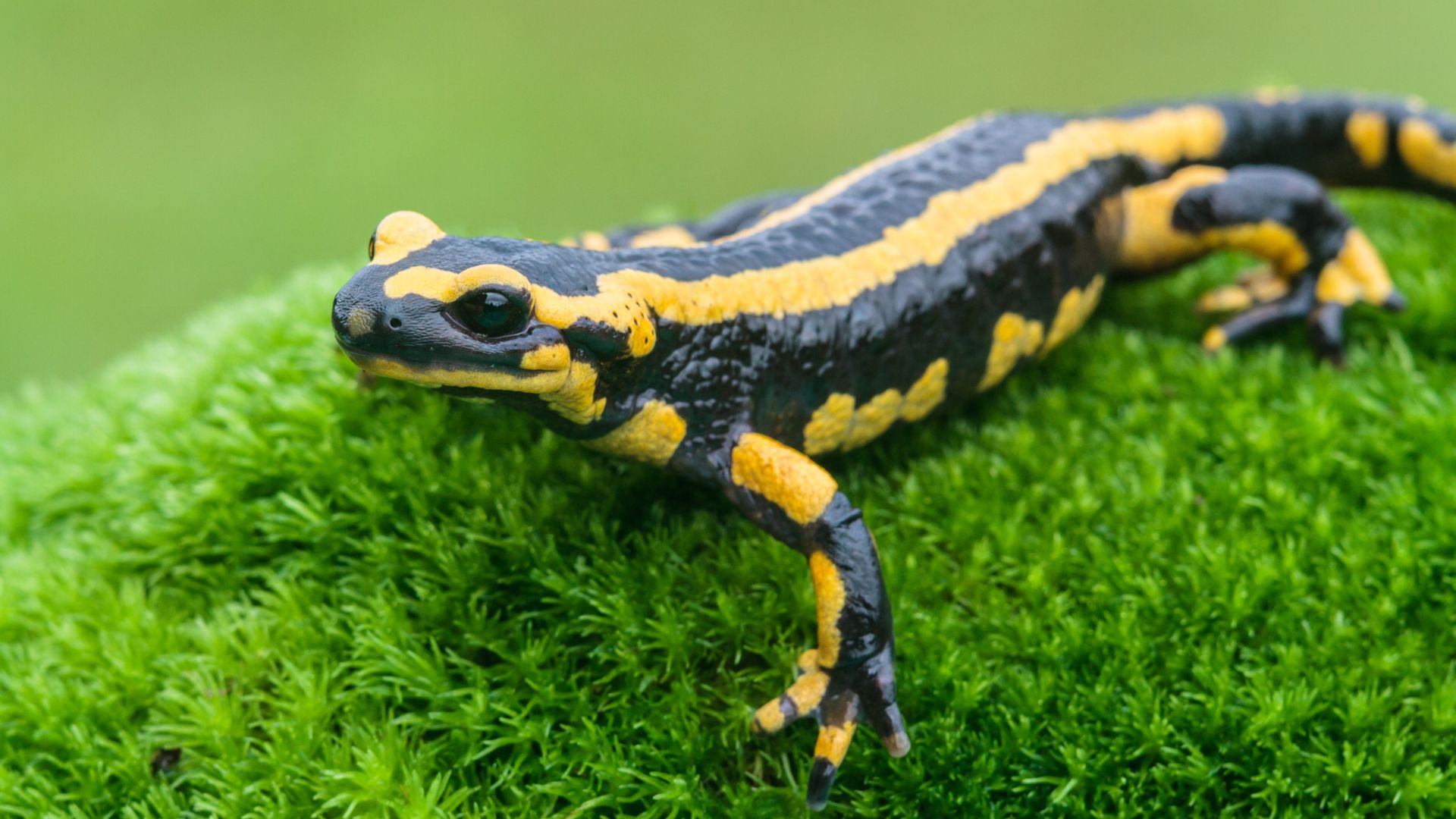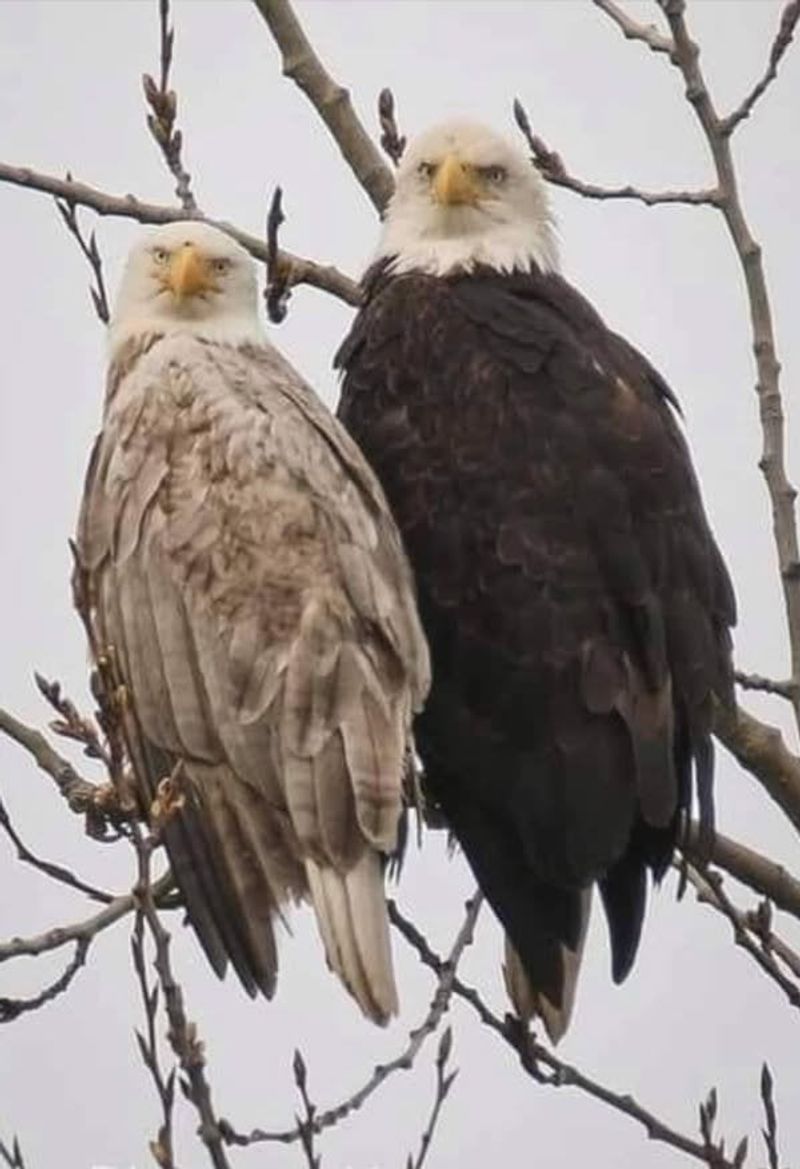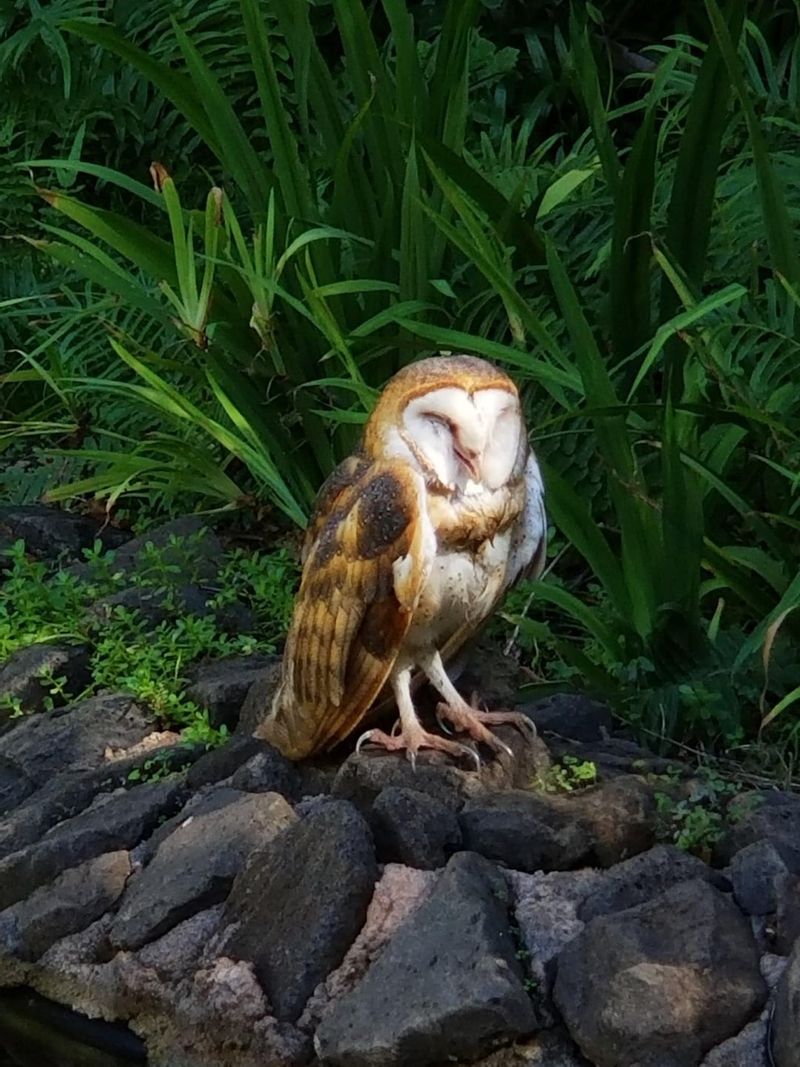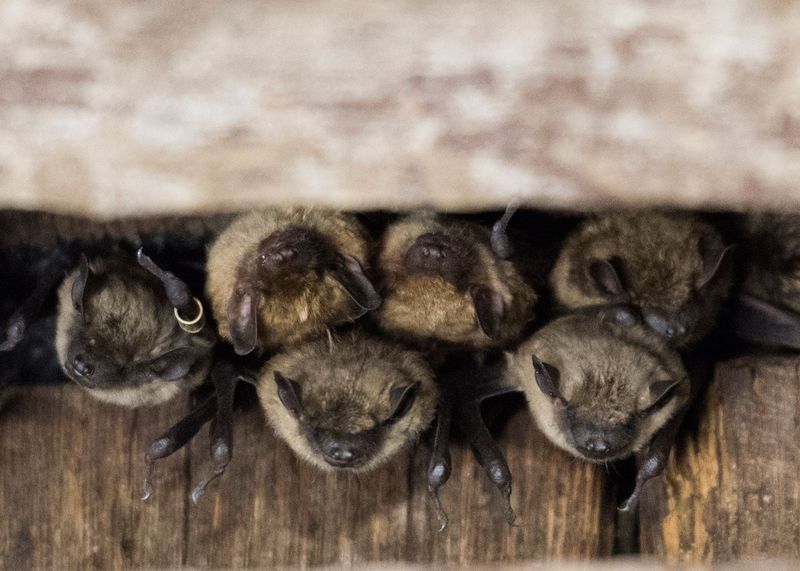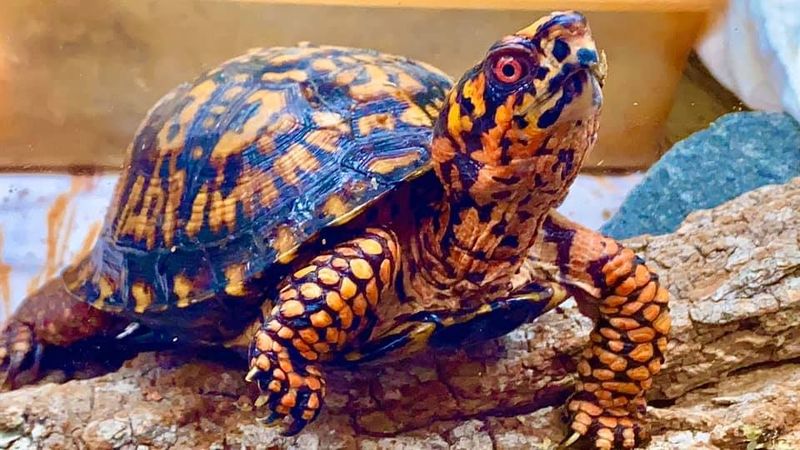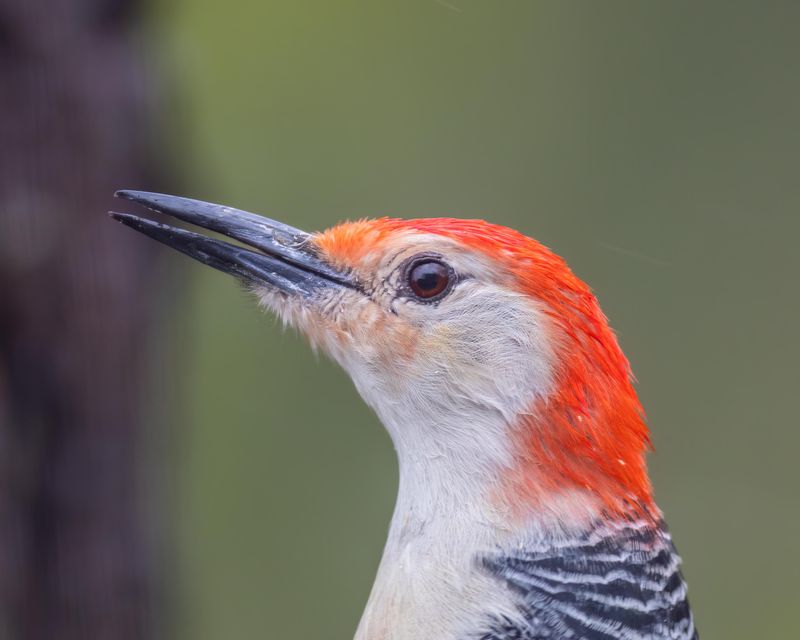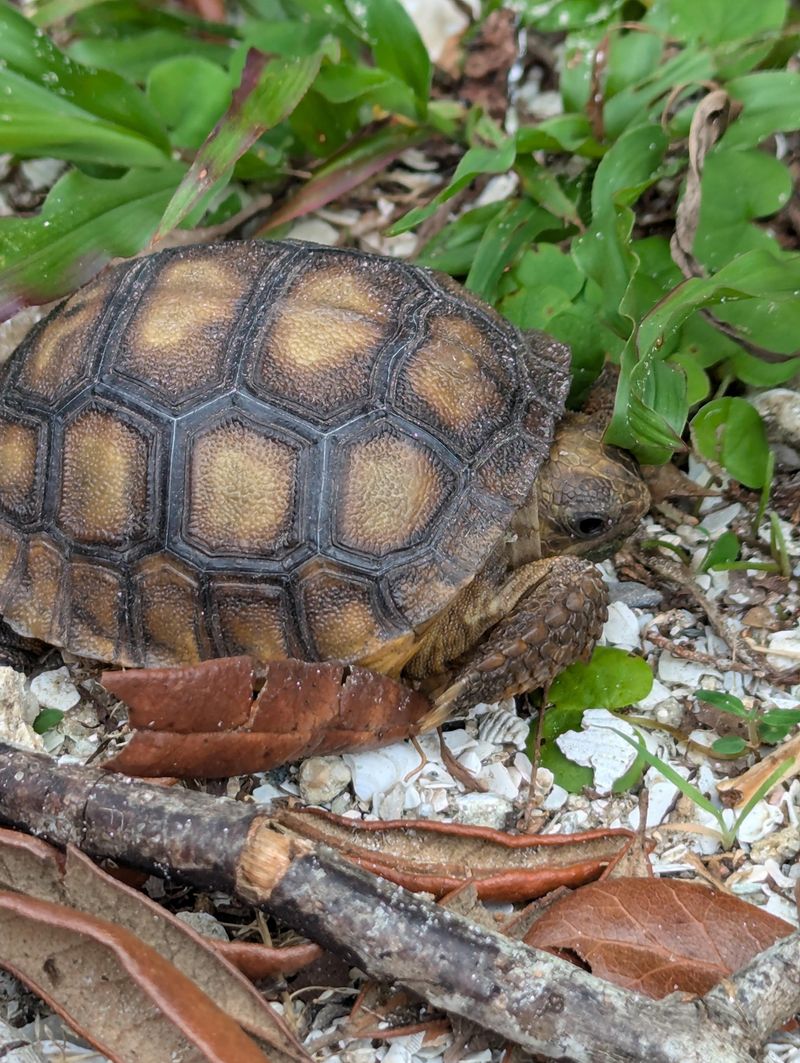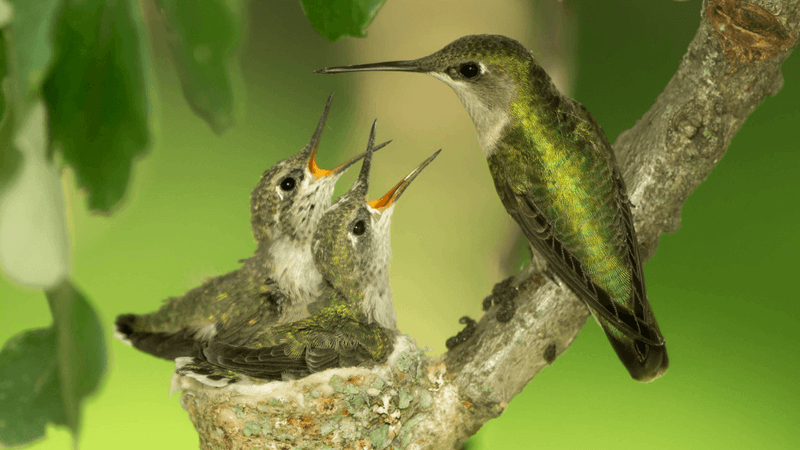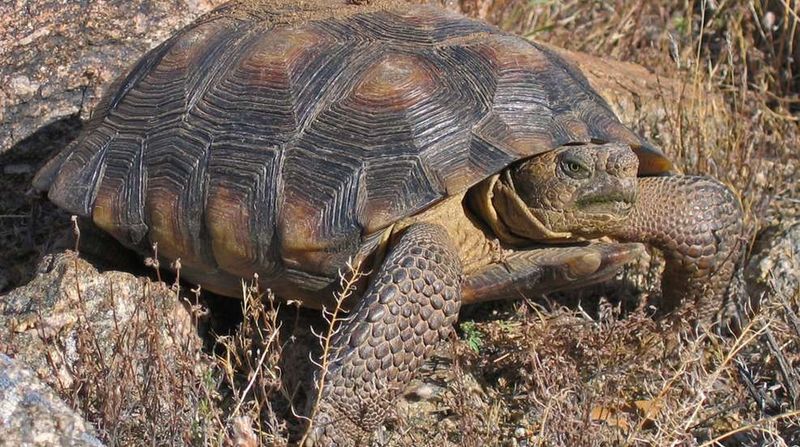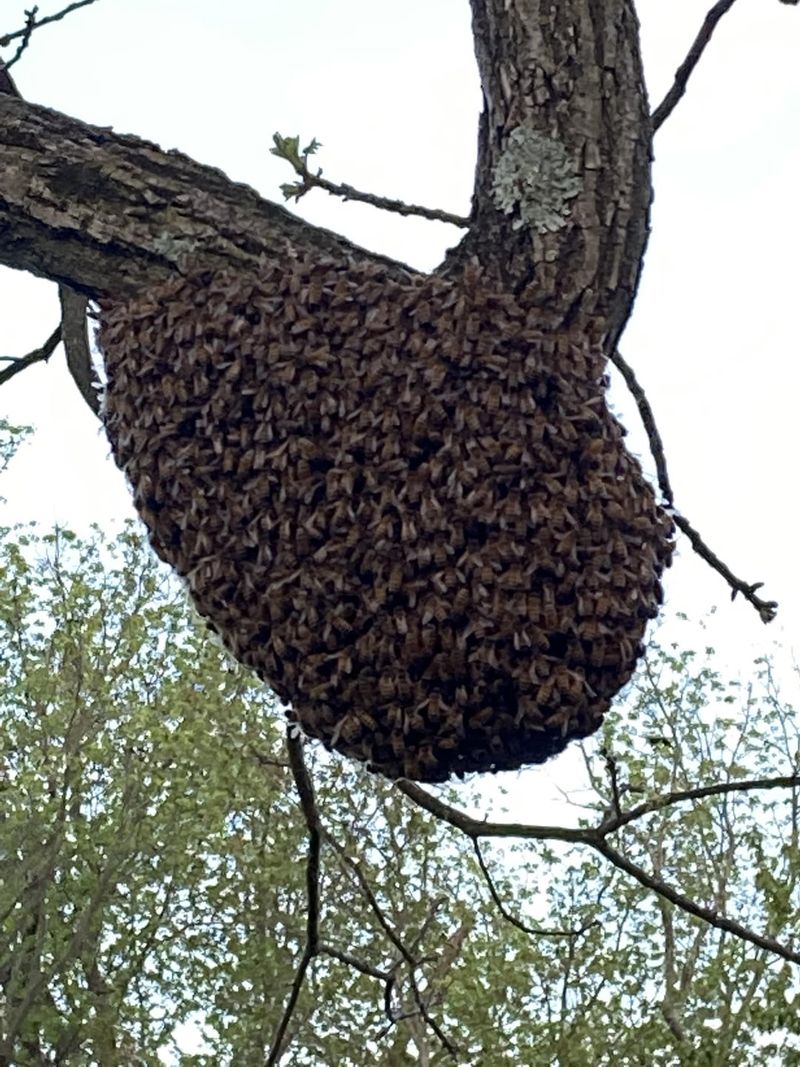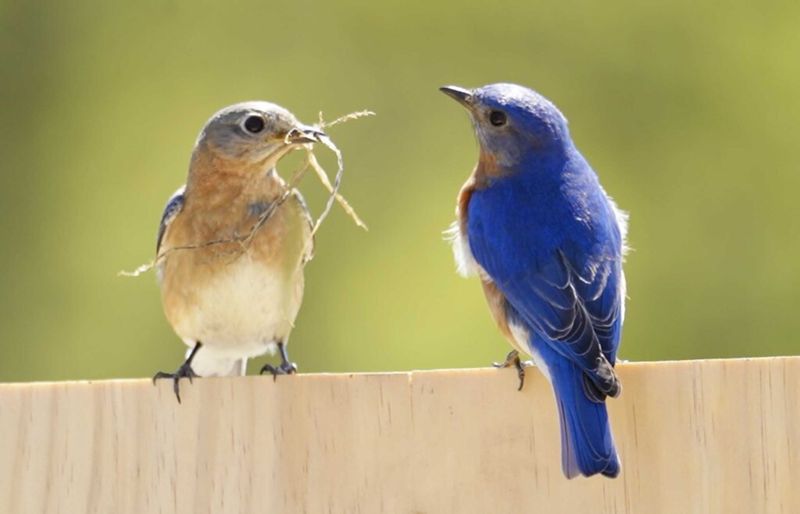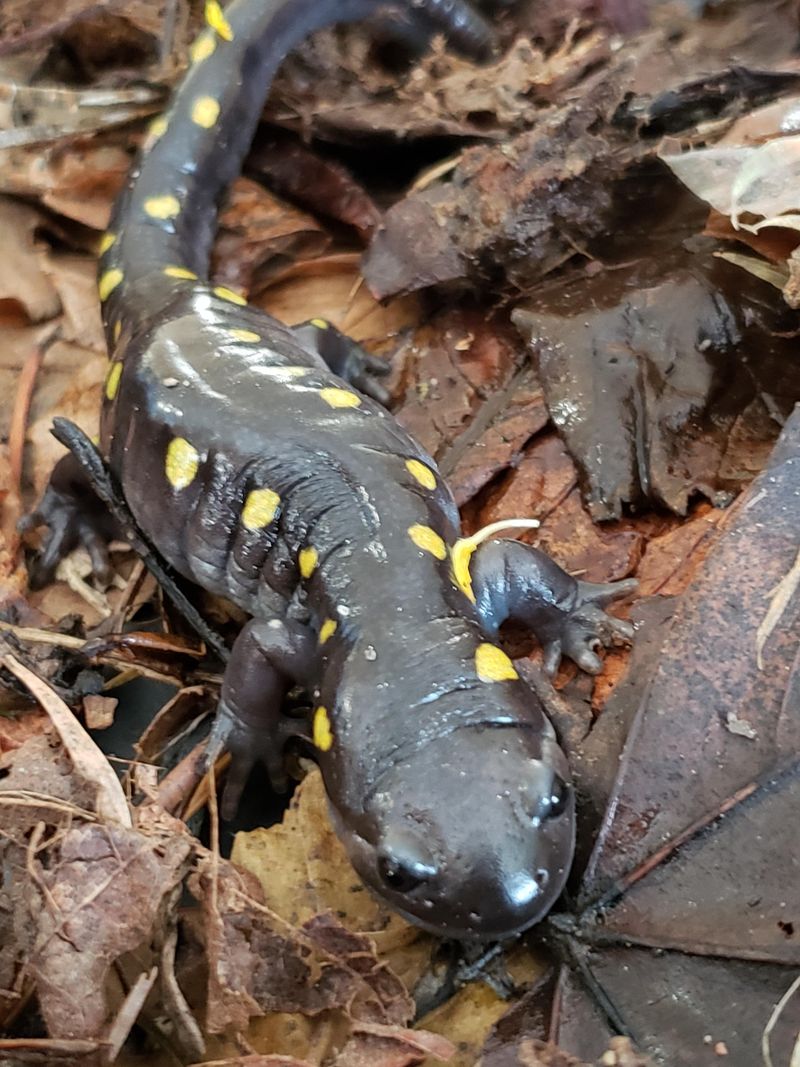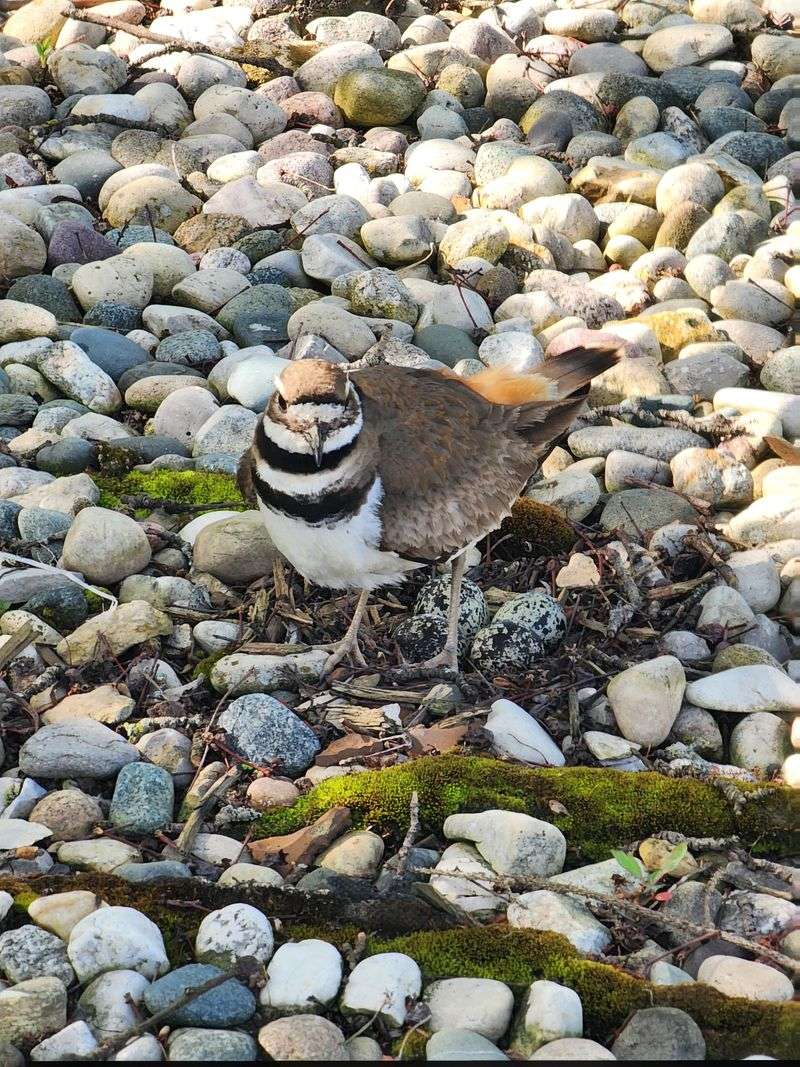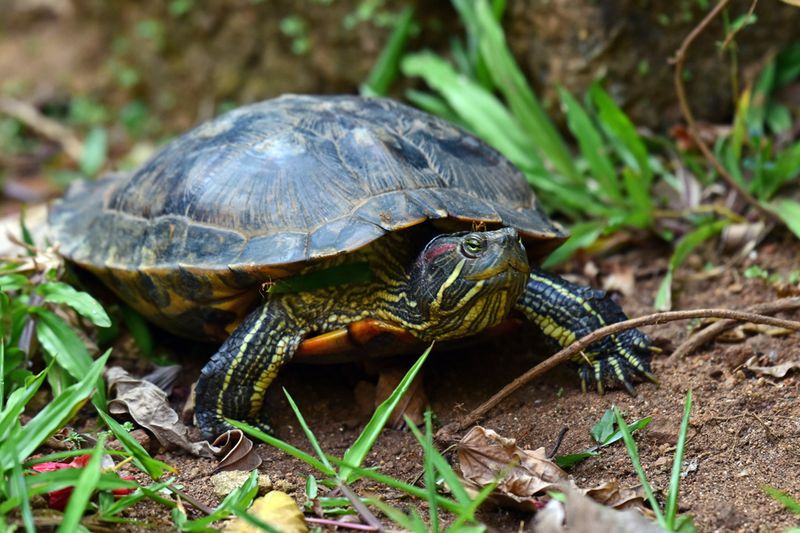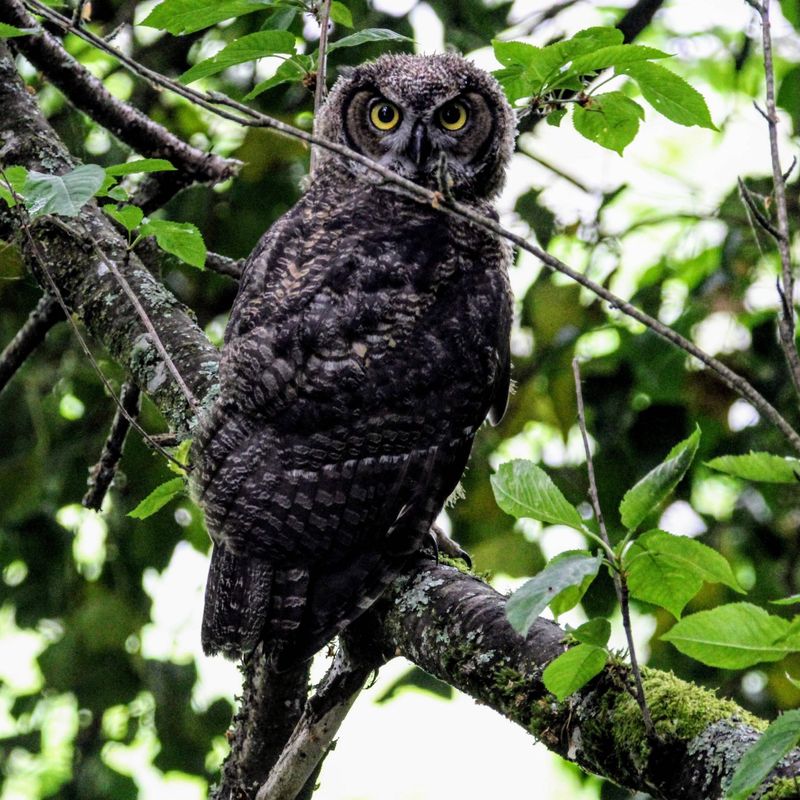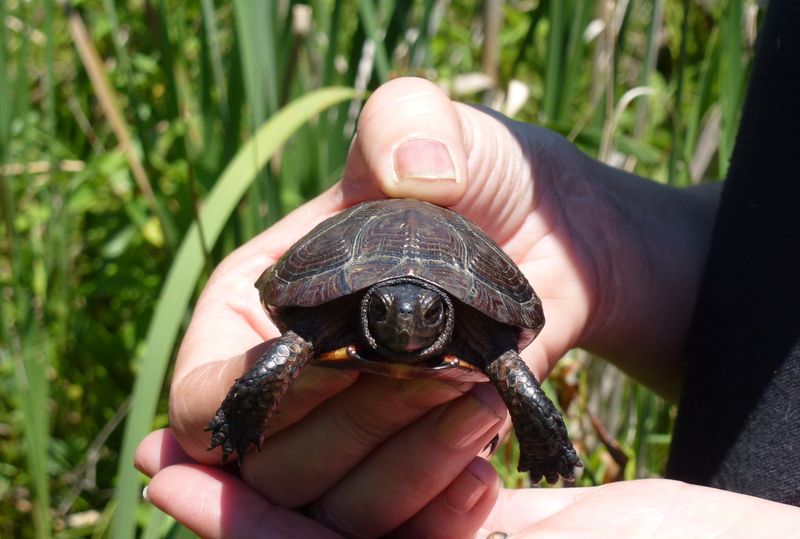When you find unwanted wildlife settling into your yard, it’s tempting to want to get rid of them right away. I totally get that—it can feel like they’re intruding on your space. But the truth is, a lot of these animals are protected by laws that make it illegal to remove or harm them.
These rules are in place to help keep nature balanced and protect the variety of life that makes our environment healthy. Once I learned which animals I couldn’t touch, it helped me think differently about how to handle them.
Knowing what’s off-limits means you can come up with smarter, kinder ways to live alongside your wild neighbors. It’s all about finding peace in the shared space we call home.
1. Bald Eagles
Protected by the Bald and Golden Eagle Protection Act since 1940, these majestic birds cannot be disturbed even if they build nests on your property. Federal law prohibits anyone from harming, harassing, or taking these birds without proper permits.
Violations can result in hefty fines up to $100,000 and potential imprisonment. The protection extends to their nests and eggs, meaning you cannot remove an eagle nest from your tree, even during non-breeding seasons.
Many homeowners feel a mix of pride and frustration when eagles choose their property. While they’re magnificent to observe, they can be messy neighbors and occasionally target small pets in rural areas.
2. Barn Owls
Silent night hunters with heart-shaped faces, barn owls fall under the Migratory Bird Treaty Act protection. Their population has declined due to habitat loss, making their presence in your yard a sign of ecological health.
Finding these ghostly birds roosting in your outbuildings might seem inconvenient. The droppings can accumulate, and their eerie screeches might disturb your sleep. Yet their presence offers natural rodent control.
I’ve watched barn owls near my property for years. Each mouse they catch represents one less pest potentially entering my home. Creating alternative nesting sites away from your main structures can encourage them to relocate without breaking protection laws.
3. Bat Colonies
Many bat species have earned protected status under the Endangered Species Act due to white-nose syndrome decimating their populations. These nocturnal mammals might take up residence in your attic or under eaves, causing concern for homeowners.
Despite the creepy reputation, bats provide incredible pest control services, with some species consuming thousands of mosquitoes nightly. Their guano can damage structures over time, but removal requires special permits and must be done during specific seasons.
Living near a bat colony taught me patience. Working with wildlife specialists, I installed proper bat houses away from my home. This created an alternative roosting site that eventually encouraged them to relocate naturally without harming their colony.
4. Monarch Butterflies
Recently added to the endangered species list, these orange and black butterflies migrate thousands of miles annually. Their caterpillars feed exclusively on milkweed plants, which many homeowners mistakenly remove as weeds.
The Endangered Species Act now provides protection for monarchs, meaning destruction of their habitat—including milkweed patches—could potentially violate federal law. Their population has declined by over 80% in recent decades.
Watching monarchs transform in my garden changed my perspective on yard maintenance. Instead of viewing milkweed as an eyesore, I now see it as essential habitat. Creating designated butterfly gardens has helped me balance aesthetics with conservation needs.
5. Eastern Box Turtles
These colorful, dome-shelled reptiles move slowly through yards and gardens across the eastern United States. Protected in many states, box turtles face population decline due to habitat fragmentation, road mortality, and illegal collection for the pet trade.
With lifespans reaching 100 years, these turtles develop small home ranges they navigate throughout their lives. Removing one even a mile from its territory can disorient it completely, often leading to death as it attempts to return home.
My garden has become a seasonal stopping point for a particular box turtle I’ve nicknamed “Shell.” Rather than relocating him when he munches my strawberries, I’ve planted extra to share. His presence indicates a healthy ecosystem worth preserving.
6. Woodpeckers
That rat-a-tat-tat on your house siding might drive you crazy, but all woodpecker species are federally protected under the Migratory Bird Treaty Act. These birds typically drum on homes when seeking insects in the wood or establishing territory during breeding season.
Removal or harming woodpeckers can result in significant fines. Their excavations may damage wooden structures, but they also control insect populations and create nesting cavities later used by other beneficial wildlife species.
After a persistent woodpecker targeted my cedar siding, I installed visual deterrents like hanging reflective tape and wind chimes nearby. Combined with providing alternative drumming sites like dead tree snags at the property edge, this redirected the woodpecker’s attention without violating protection laws.
7. Gopher Tortoises
Southeastern gardeners might encounter these burrowing reptiles, which are protected under state and federal laws. Their extensive burrows—sometimes 40 feet long—provide shelter for hundreds of other species, earning them the title of keystone species.
The presence of a gopher tortoise burrow in your yard means you cannot build structures over it or fill it in. Their protected status stems from habitat loss due to development and their slow reproductive rate.
Living with a tortoise burrow near my driveway required some adjustment. I’ve learned to appreciate how this ancient creature aerates the soil and disperses plant seeds. Creating tortoise-friendly areas with native plants has helped direct their activity away from my vegetable garden.
8. Hummingbird Nests
Tiny architects of the bird world, hummingbirds create walnut-sized nests using spider silk, plant fibers, and lichen. These miniature marvels and their creators are protected under the Migratory Bird Treaty Act, making it illegal to remove active nests.
Nests are often built on thin branches, clotheslines, or even holiday decorations forgotten on porches. Though small, disturbing these nests carries the same legal penalties as harming larger protected birds—fines up to $15,000 and potential jail time.
Finding a hummingbird nest on my porch light fixture meant temporarily using another entrance. The inconvenience lasted only a few weeks but provided an extraordinary opportunity to witness the thumb-sized babies develop. The experience taught me that temporary accommodations often yield unexpected joys.
9. Desert Tortoises
Southwestern homeowners might encounter these ancient reptiles slowly traversing their properties. Protected as a threatened species under the Endangered Species Act, desert tortoises cannot be touched, moved, or harassed without proper permits.
These creatures can live 50-80 years and play crucial roles in desert ecosystems by digging burrows that provide habitat for multiple species. Their populations have declined by 90% in some areas due to habitat destruction, disease, and illegal collection.
Adapting to sharing space with a desert tortoise visiting my yard meant tortoise-proofing potential hazards like pool areas. Creating access to shaded areas and shallow water dishes during extreme heat helps these remarkable animals without interfering with their protected status.
10. Honey Bee Swarms
The sight of thousands of honey bees clustered on a tree branch or fence post can trigger panic. However, many states now protect honey bees due to their critical pollination services and population declines from colony collapse disorder.
Swarms represent a colony’s natural reproduction method and typically remain for only 24-48 hours while scout bees locate permanent housing. During this transitional period, the bees are generally docile, focused on protecting their queen rather than defending territory.
Rather than destroying a swarm that appeared on my cherry tree, I contacted a local beekeeping association. They promptly sent someone who safely collected the swarm for relocation to a proper hive. This win-win solution protected both the beneficial insects and my peace of mind.
11. Bluebird Families
With their brilliant blue plumage and cheerful songs, Eastern Bluebirds add color to many yards. Protected under the Migratory Bird Treaty Act, these birds and their nests cannot be disturbed once established, even if they’ve chosen an inconvenient location.
Bluebird populations crashed in the mid-20th century due to pesticide use and competition from introduced species. Their recovery represents a conservation success story, but they still require legal protection to maintain their numbers.
When a bluebird family moved into a vent on my shed instead of the nearby nest box I’d installed, I learned flexibility. Temporarily blocking that particular vent would have violated federal law. Instead, I waited until the nesting cycle completed, then properly sealed the vent and positioned additional nest boxes for future seasons.
12. Spotted Salamanders
Beneath logs or rocks in eastern and midwestern yards with damp, wooded areas, you might discover these secretive amphibians with distinctive yellow spots. Protected in many states due to their sensitivity to environmental changes, spotted salamanders cannot be collected, relocated, or harmed.
These creatures spend most of their lives underground, emerging mainly during spring rains for breeding migrations to vernal pools. Their presence indicates a healthy ecosystem with minimal pollution and pesticide use.
Discovering salamanders in my yard’s wooded corner changed my landscape management approach. I now maintain leaf litter and fallen logs in natural areas, creating microhabitats that benefit these sensitive creatures. Their environmental requirements have guided me toward more sustainable gardening practices overall.
13. Killdeer Nests
These ground-nesting plovers often choose gravel driveways, garden beds, or even flat rooftops for their camouflaged nests. Protected under the Migratory Bird Treaty Act, killdeer nests cannot be moved once eggs are present, even if they disrupt your landscaping plans.
Killdeer employ dramatic broken-wing displays to lure predators away from their nests. This deceptive behavior, coupled with their loud, persistent calls, can annoy homeowners unaware of the birds’ protected status.
A killdeer family once delayed my driveway repaving project for weeks. The contractor marked the nest area with flags, and we worked around it until the chicks hatched and departed. The minor inconvenience provided fascinating glimpses into wildlife behavior right outside my door.
14. Red-Eared Sliders
These common aquatic turtles with distinctive red stripes behind their eyes often appear in backyard ponds and water features. While not federally protected, many states have enacted laws preventing the removal or relocation of native turtles, including red-eared sliders.
Often mistakenly purchased as low-maintenance pets, these turtles frequently get released into local waterways when they grow too large for aquariums. In areas where they’re non-native, they can become invasive, but established native populations remain protected.
The slider that appeared in my garden pond initially seemed like a pest, munching on my water plants. After researching local regulations, I learned I couldn’t legally remove it. Creating basking platforms and adjusting my plant selections helped accommodate this unexpected visitor while maintaining my water feature’s appeal.
15. Great Horned Owls
With their impressive size and distinctive ear tufts, these nocturnal predators might claim your property as hunting territory. Protected under the Migratory Bird Treaty Act, great horned owls and their nests cannot be disturbed, even if they’re targeting your small pets or creating noise disturbances.
These adaptable birds have successfully colonized suburban areas, often nesting in large trees or abandoned hawk nests. Their haunting hoots and occasional screams can startle homeowners unaccustomed to their vocal repertoire.
After discovering a great horned owl family in my backyard pine, I adjusted my nighttime routine. Keeping small pets indoors after dusk and using outdoor lighting mindfully helped reduce conflicts. The owl family’s rodent control services more than compensated for the minor adjustments to our household schedule.
16. Bog Turtles
Among North America’s smallest and rarest turtles, bog turtles occasionally appear in wet meadows and properties with spring-fed wetlands. Federally listed as threatened, these palm-sized reptiles with distinctive orange head patches receive stringent protection under the Endangered Species Act.
Homeowners discovering bog turtles must report sightings to wildlife authorities. Activities that might alter their wetland habitat, including drainage improvements or construction, require special permits and environmental assessments.
The discovery of bog turtles in our community’s shared wetland initially seemed to complicate property management. However, working with conservation officials ultimately increased our property values through improved water quality and ecosystem services.

